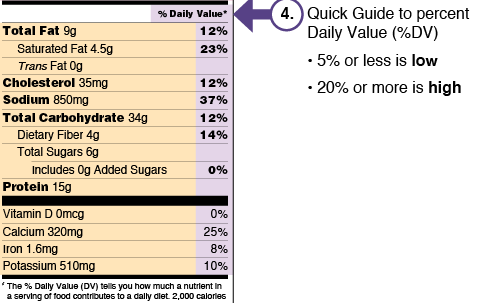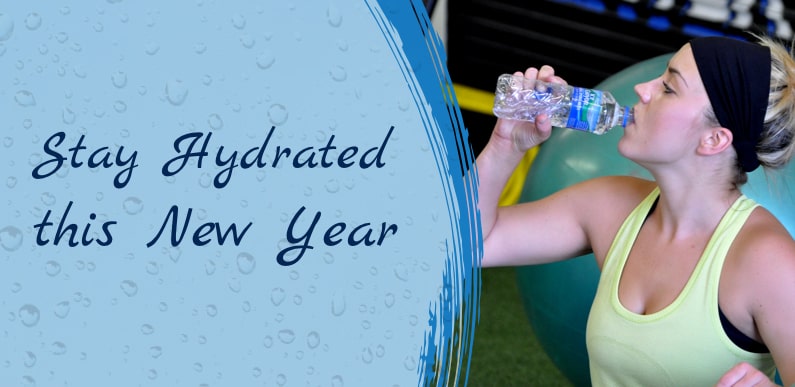Nutrition Label Tips and Tricks


Everybody’s body is different, and there is a lot of conflicting information out there. Sometimes it can be tough to tell if an item is healthy or not for you. Thankfully, we have nutrition labels.
If you have eaten food recently, you have probably noticed the nutrition label. Hopefully, you’ve even looked at it and read some of the information. It’s a great source of information about what you are putting into your body.
Sometimes, the information on the label can be a little confusing. It also doesn’t reflect the needs of every person. So, what do you do with it? Well, you must know how it works. See below for some tips and tricks to get the most out of nutrition labels.
How Much You Are Eating
When you look at the label, the first thing you’ll probably zero in on is the calorie content. It’s in big letters right at the top. That’s usually the biggest concern for people who are conscious of their diet. How many calories am I eating?
The calorie label can be a little misleading if you don’t take a closer look. Above the calorie content is the serving size and how many servings are in the container. These are important to look at as well.
Look at the label below:


At first glance, this food item looks like it has 280 calories with 9 grams of fat, 34 grams of carbs, and 15 grams of protein per 1 cup serving. If you look above the serving size, you’ll see there are 4 servings per container.
This means that if you eat the entire package, you will have consumed 4 cups. You then need to multiply those 280 calories by four servings, which is a whopping 1,120 calories.
That is many calories. For a healthy diet, you must take the serving size into account.
How to Measure With No Tools
You may be thinking, “How am I supposed to measure that if I don’t have a measuring cup? I don’t carry one with me everywhere I go.”
Fair point. Thankfully, there’s an excellent way to estimate common measurements like that with no tools.
It’s not perfectly accurate, but it is better than just taking a blind guess.
- One level handful = ¼ cup (single serving of nuts is 1/3 to ¼ cup)
- One heaping handful = ½ Cup (single serving of dry pasta)
- Two handfuls = 1 cup (single serving of cooked pasta)
- One finger scoop = 1 teaspoon (single serving of butter)
- Two-finger scoops = 1 tablespoon (single serving of peanut butter)
- Bar of soap = 3ozof cooked meat (chicken, beef)
- Checkbook = 3ozof fish
Knowing How Many Calories You Need
If you look at this section of the food label, you’ll see the “% daily value.”
This shows you what percentage of your daily nutrient needs that will be fulfilled by eating a serving of this food.
Part of the issue with the % daily value is that it is based on a 2000 calorie diet. Not everyone needs a 2000 calorie diet.
Some need more.
Some may need less.
This is based on various factors, such as your height, weight, age, and activity level. To determine your calorie and macronutrient daily needs, you need to know your total daily energy expenditure (TDEE), which you can calculate here.


Once you have this information, it becomes a lot easier to put the information on the nutrition label into context for your body. With a little bit of practice, you’ll be able to read one like the back of your hand and get the most out of everything you eat!
For more Nutrition related videos, click here !






